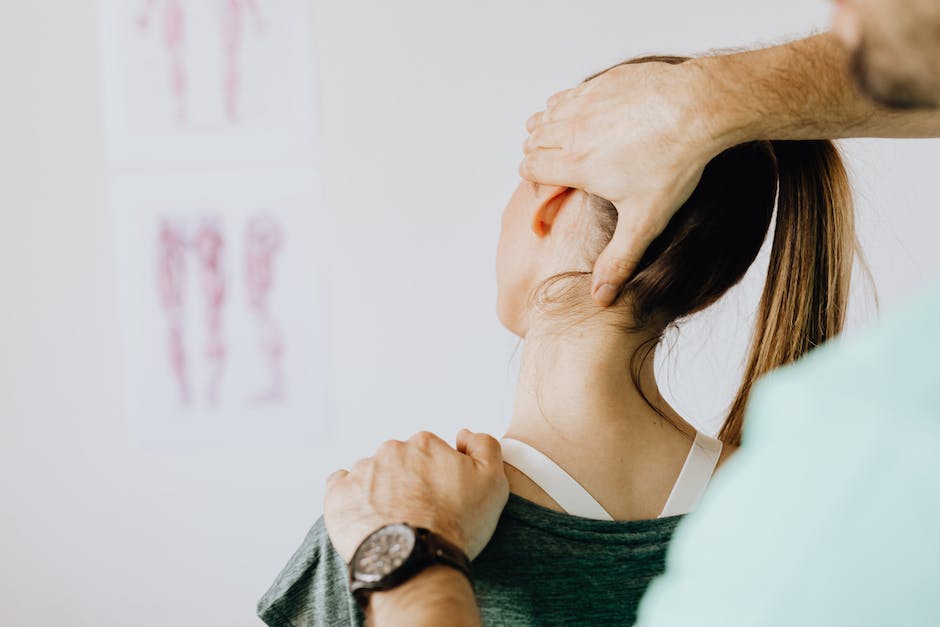Cannabis has been traditionally known for its medicinal properties, and the use of cannabis products for pain relief is gaining ground. In recent years, a growing number of individuals have been using cannabis and cannabis-based products for various health conditions, including physical injuries related to sport. Volleyball is a game that requires high intensity and heavy physical actions, which significantly increases the risk of injuries. Fortunately, cannabis is known to offer several advantages for pain relief, and volleyball players can benefit from these properties for a quicker recovery. This blog post explores the advantages of cannabis for volleyball-related injuries and how it can help players enhance their overall game performance.
Overview of common volleyball injuries and their impact on players
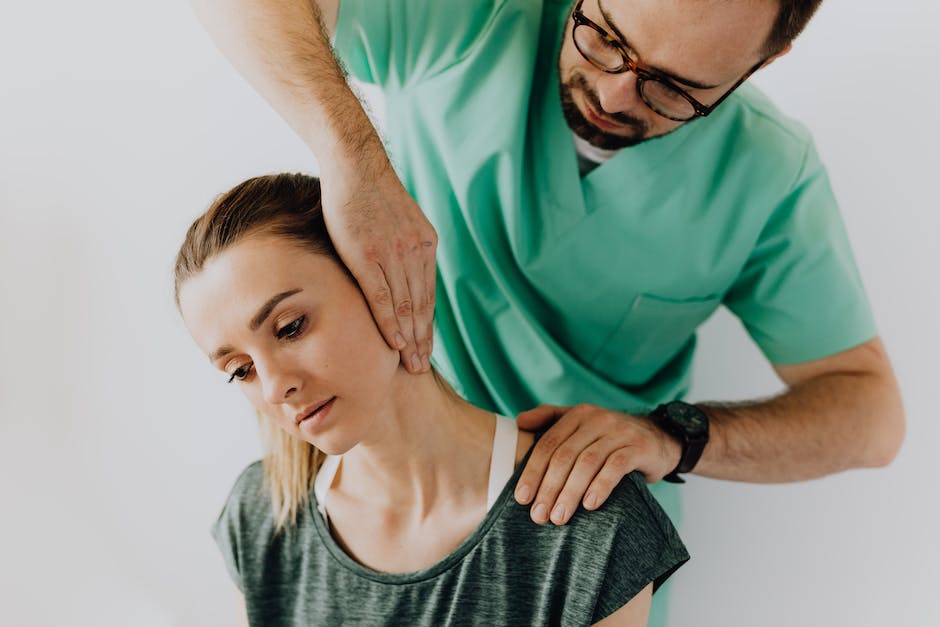
Volleyball is a high-intensity sport that requires a great deal of physical abilities, including agility, speed, and strength. Due to the nature of the sport, volleyball players are prone to several injuries that can negatively affect their performance and result in long-term health issues. Some of the most common volleyball injuries include ankle sprains, knee injuries, shoulder injuries, and lower back pain.
Ankle sprains are the most common injury in volleyball and occur when the ligaments in the ankle are stretched or torn. This type of injury can cause significant pain, swelling, and difficulty moving the ankle. A knee injury, such as an anterior cruciate ligament (ACL) tear, can be particularly devastating for volleyball players as it can limit their movement and ultimately end their career. Shoulder injuries, such as rotator cuff injuries, are also common in volleyball and can result in significant pain and weakness, making it difficult to perform overhead movements. Finally, lower back pain is another common volleyball injury, which can be caused by the repetitive jumping and landing movements required by the sport.
Overall, volleyball injuries can have a significant impact on a player’s ability to perform and even lead to long-term health issues if not treated properly. Finding effective treatment options is crucial to help players recover quickly and get back to playing volleyball safely. In recent years, cannabis has gained popularity as a potential option for pain relief and injury management in athletes, including volleyball players.
Brief history of cannabis usage for medicinal purposes
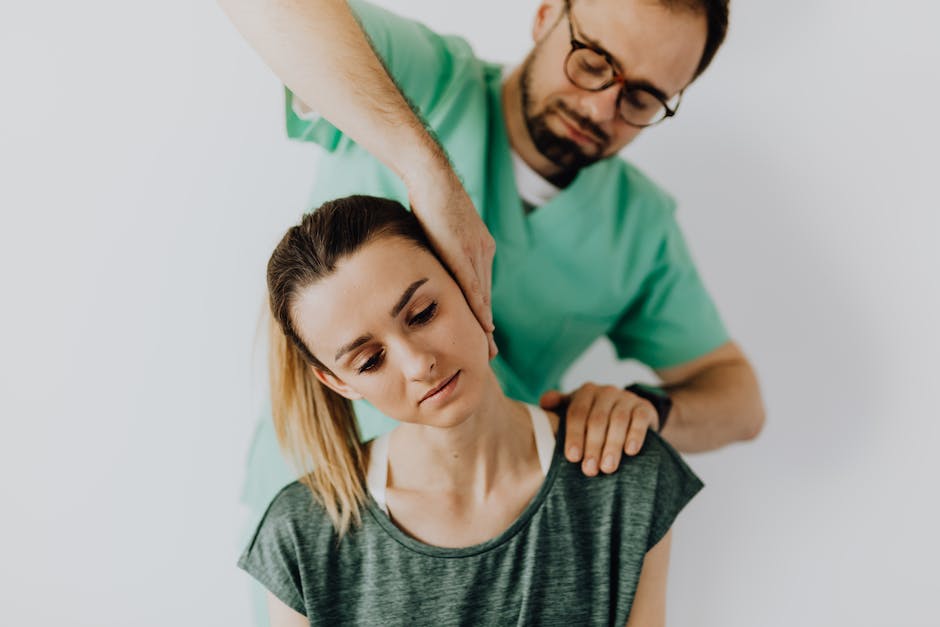
Cannabis has been used for medicinal purposes for thousands of years. In ancient China, the plant was used to treat various pain-related conditions, from rheumatism to menstrual cramps. Similarly, Indian Ayurvedic medicine has used cannabis for pain relief and nerve conditions for thousands of years. In the Western world, cannabis was used as a medicine until the early 20th century, when anti-marijuana legislation was passed by various countries around the world. Currently, the use of cannabis for medicinal purposes has become widely debated globally, with some countries legalizing it for medicinal use. In the United States, for example, the use of cannabis for medicinal purposes is now legal in over 35 states. Despite the legal challenges that surround cannabis use, research has shown that it can be an effective alternative for pain relief, specifically for volleyball-related injuries.
Explanation of how cannabis interacts with the body’s endocannabinoid system
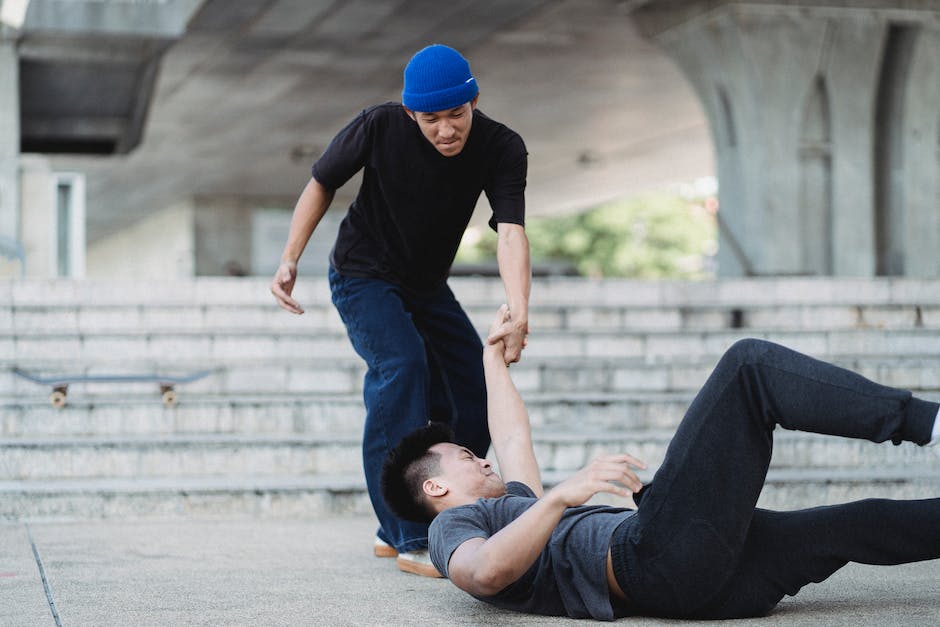
Cannabis interacts with the human body’s endocannabinoid system, which plays a vital role in regulating various bodily functions such as sleep, mood, appetite, pain, and immune response. The active compounds in cannabis, called cannabinoids, mimic the effects of endocannabinoids produced by the body, and can activate or modulate cannabinoid receptors in the brain, nervous system, and immune tissues.
THC (delta-9-tetrahydrocannabinol), the psychoactive compound in cannabis, is known for its pain-relieving properties, as it can bind to CB1 receptors in the brain and spinal cord, reducing the transmission of pain signals. THC also stimulates the release of dopamine and serotonin, two neurotransmitters that regulate mood and pleasure, leading to a sense of euphoria and relaxation.
CBD (cannabidiol), another major cannabinoid in cannabis, doesn’t have psychoactive effects but can also interact with CB1 and CB2 receptors, as well as other non-cannabinoid receptors, such as TRPV1, which mediates pain and inflammation. CBD has been shown to have anti-inflammatory, antioxidant, and neuroprotective effects, and can also modulate the effects of THC, reducing its psychoactivity and enhancing its pain-relieving properties.
In the context of volleyball-related injuries, cannabis-based products, such as topicals, oils, tinctures, or edibles, can provide a safer and more effective alternative to traditional painkillers and anti-inflammatory medications, which often have side effects or risks of addiction. By targeting the endocannabinoid system, cannabis can help reduce pain and inflammation, promote tissue healing, and improve sleep and mood, facilitating the recovery process and improving the overall quality of life for athletes.
Benefits of using cannabis for pain relief over traditional pharmaceuticals
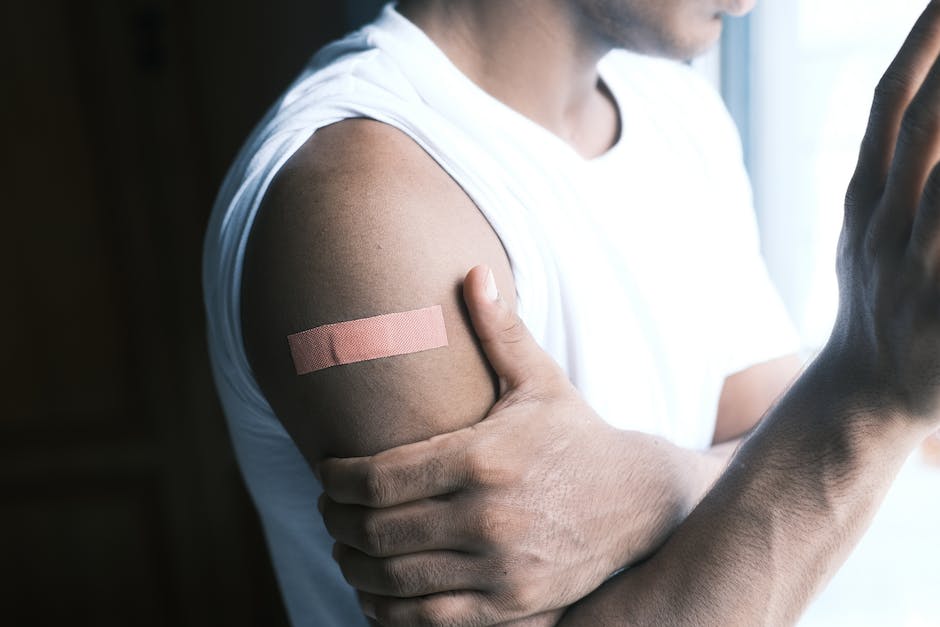
The use of cannabis for pain relief has been a topic of debate for a long time, with many people doubting its effectiveness. However, recent studies have shown that using cannabis for pain relief is actually more effective than traditional pharmaceuticals. In addition to its pain-relieving properties, cannabis can also help reduce inflammation and muscle spasms – both of which are common symptoms of volleyball-related injuries. Moreover, unlike traditional painkillers, cannabis is a natural remedy that does not have any adverse side effects. So, if you’re looking for a safer and more effective way to manage your pain and injuries, cannabis might just be the solution you’ve been searching for.
Discussion of different methods of consuming cannabis for pain relief
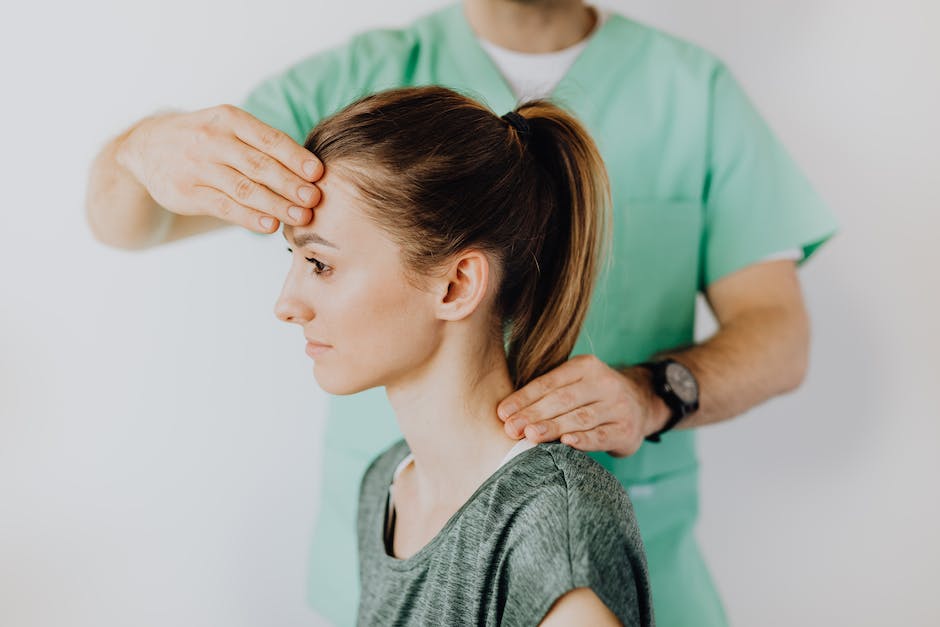
There are various methods of consuming cannabis for pain relief. One of the most popular methods is smoking marijuana, which involves inhaling the smoke from the cannabis flowers. However, for those who prefer not to smoke or have respiratory issues, cannabis can also be consumed through edibles, topicals, tinctures, and vapors.
Edibles can be infused with cannabis oil, butter, or tincture and are ingested orally, such as in the form of gummies, brownies, chocolates, or drinks. Topicals are creams, lotions, or balms that are applied to the skin directly on the affected area for localized pain relief.
Tinctures are cannabis extracts that are mixed with alcohol or oil and are consumed orally by placing a few drops under the tongue or into a drink. Vapors or vaporization involves using a vaporizer to heat the cannabis flower or oil to produce an inhalable vapor that can be inhaled directly into the lungs for quick pain relief.
It is important to note that the method of consumption affects how quickly the cannabis takes effect, how long it lasts, and the intensity of the effects. Therefore, it is essential to experiment with different methods and dosages to find the most effective option for each individual’s pain management needs.
Personal anecdotes from volleyball players who have used cannabis for pain relief
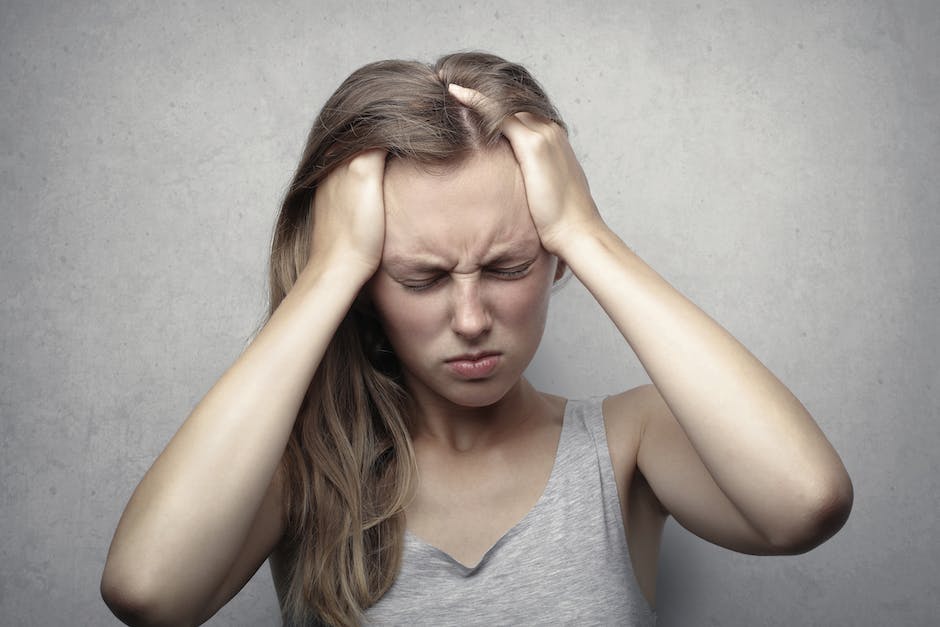
Many professional volleyball players have experienced injuries in their career, such as sprains, strains, and even fractures. While traditional pain relief medication can often come with negative side effects and risks of addiction, cannabis has been increasingly used as a natural alternative.
Several volleyball players have reported using cannabis for pain relief, with positive results. For example, one player shared that after experiencing a sprained ankle, she turned to cannabis oil as a means of pain relief. She found that it not only helped alleviate her pain, but also reduced inflammation and helped her recover more quickly.
Another player reported using cannabis-infused creams and topicals to help alleviate the chronic pain she experiences as a result of years of intense training and playing. She found that it had a significant positive impact on her quality of life, allowing her to stay active and continue playing the sport she loves without suffering from constant pain.
These personal anecdotes from volleyball players highlight the potential benefits and advantages of using cannabis as a natural pain relief alternative. As more and more states legalize cannabis use for medicinal purposes, it is becoming increasingly accepted and utilized in the medical community. As a result, athletes are increasingly turning to cannabis for its potential therapeutic benefits, and it’s likely that we will continue to see more positive reports from athletes in the future.
Research studies on the effectiveness of cannabis for pain relief

Several research studies have shown the effectiveness of cannabis for pain relief. A study published in the Journal of Pain revealed that cannabis can effectively reduce chronic pain caused by conditions such as neuropathy, fibromyalgia, and rheumatoid arthritis. Another study published in the Clinical Psychology Review found that cannabis can reduce neuropathic pain caused by multiple sclerosis. Moreover, a study published in the European Journal of Pain found that cannabis can effectively reduce pain and improve quality of life in patients with chronic pain. These findings suggest that cannabis can be a viable option for athletes suffering from volleyball-related injuries such as sprains, strains, and fractures that cause chronic pain.
Legal considerations and regulations surrounding cannabis usage in sports
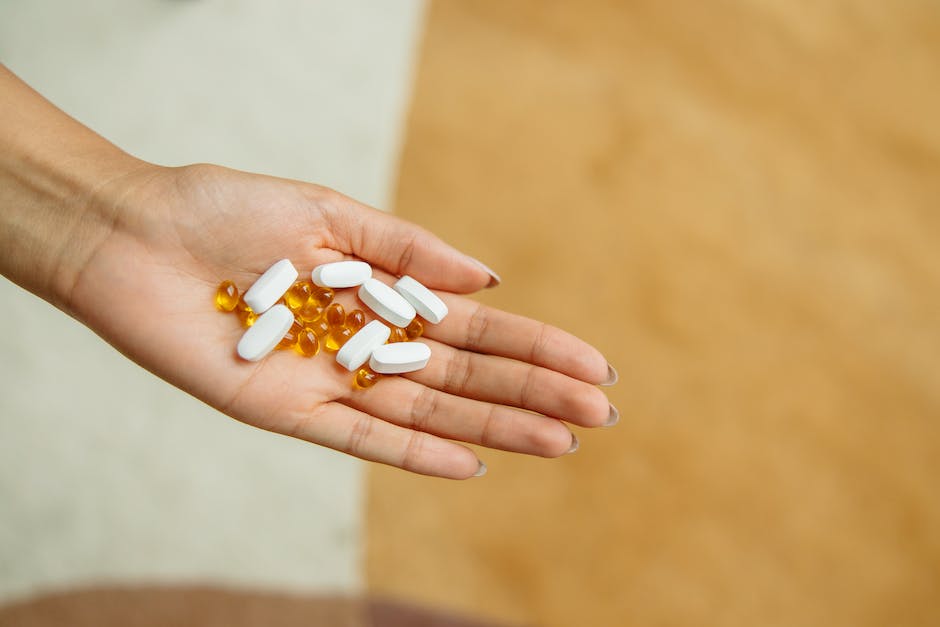
Cannabis is a controversial topic when it comes to sports and athletics. While some athletes claim that it helps them to improve their performance, others use cannabis for pain relief purposes. However, legal considerations and regulations surrounding cannabis usage in sports can make it difficult for athletes to access this potential treatment.
Several countries have legalized cannabis or its derivatives for medical and recreational use, but in most parts of the world, cannabis is a banned substance by the World Anti-Doping Agency (WADA) and other athletics regulatory organizations. In the US, cannabis is still classified as a Schedule I drug at the federal level, meaning that it is considered to have a high potential for abuse and no accepted medical use.
However, some international sports organizations have started to change their stance regarding cannabis use. In 2017, WADA increased the allowed threshold for THC, the psychoactive component in cannabis, from 15 ng/mL to 150 ng/mL. This change was made primarily to exclude cases where an athlete had used cannabis recreationally, without any intention to improve their performance. However, athletes must still be careful not to exceed this limit through inadvertent usage.
Furthermore, some US states, such as Colorado and California, have legalized cannabis for medical or recreational purposes. However, even in those states, athletes must still comply with the regulations of their athletic organizations, which may still classify cannabis as a banned substance.
In conclusion, while cannabis may offer benefits for athletes suffering from pain and inflammation, navigating the legal considerations and regulations can be challenging. Athletes must always stay aware of their governing athletic organization’s stance on cannabis use and ensure that they comply with local laws and regulations.

